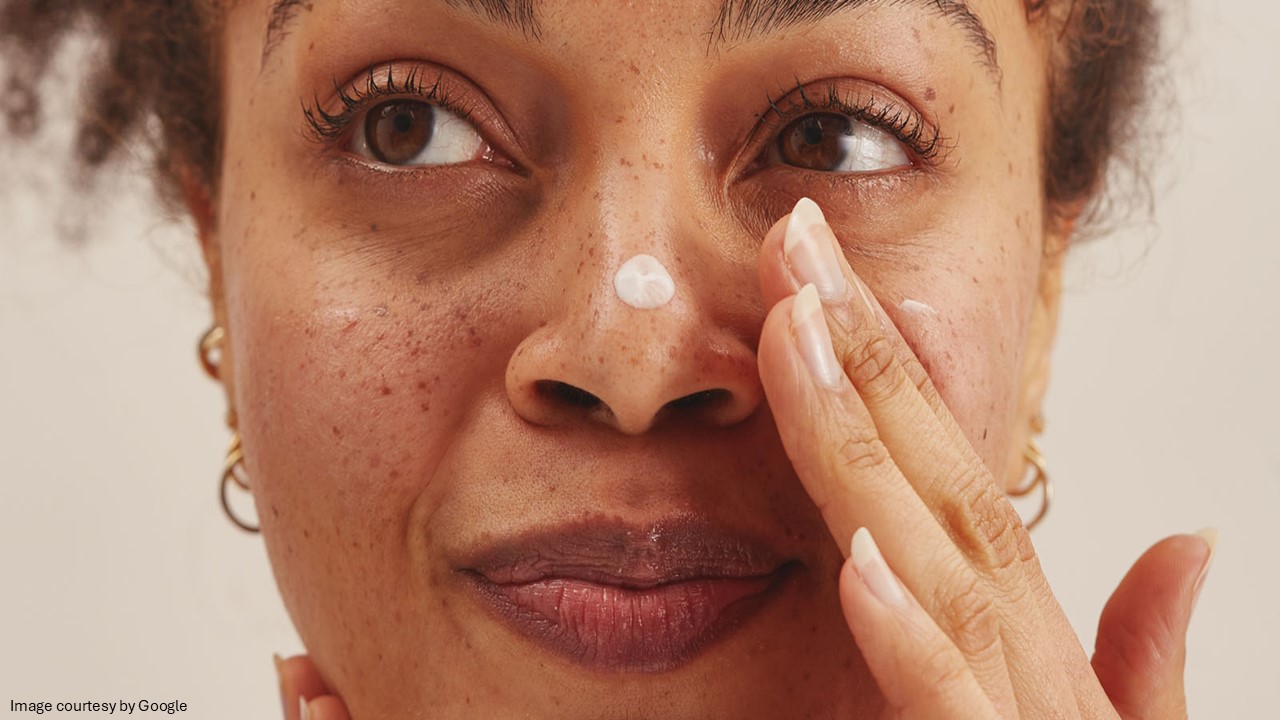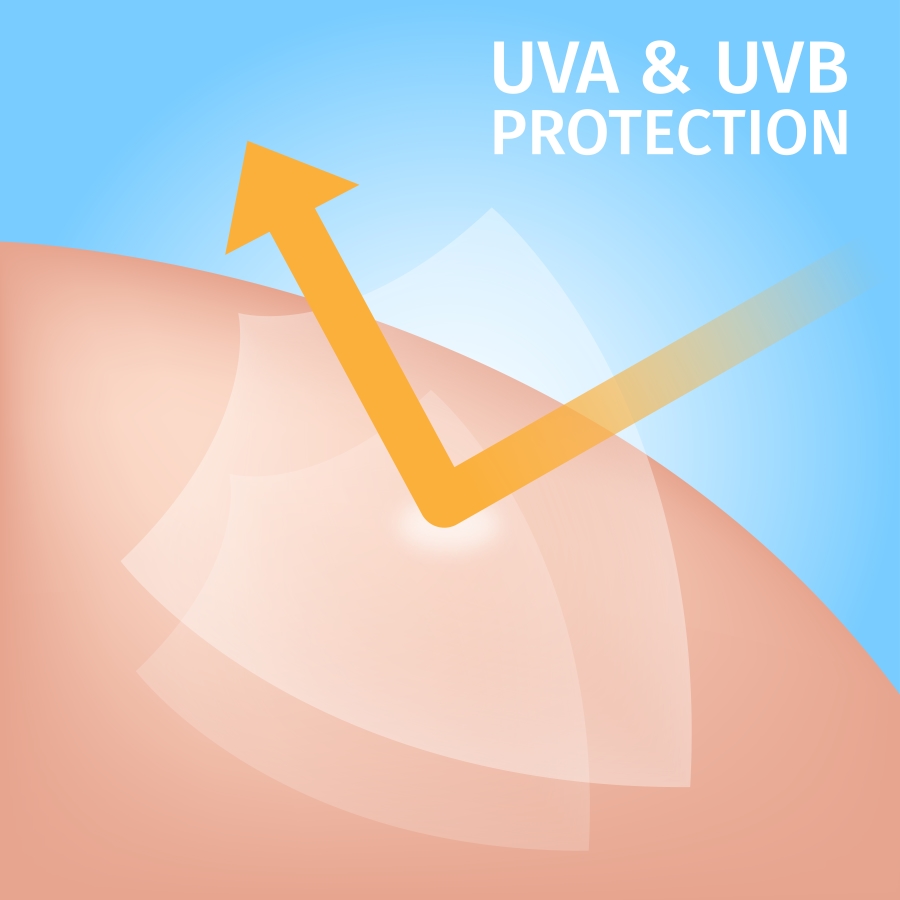Tretinoin is the most versatile and powerful skincare agent available in the cosmeceutical industry. In this blog, you will learn how to start using Tretinoin, what to expect, and how to layer it to minimise skin irritation associated with it.
Tretinoin: Introduction
Tretinoin uses: Tretinoin is an FDA-approved topical medication used to treat acne and photoaging associated with chronic sun exposure. It is an effective formulation for those seeking to improve skin texture, reduce hyperpigmentation, combat wrinkles, and manage acne. For this reason, Tretinoin is a cornerstone in many skincare regimens. Moreover, thanks to its safety profile and proven effects in treating acne, scarring, hyperpigmentation, and skin ageing. However, to witness its potential, you really need to know how to use it correctly.
The best way to start the skin treatment
Before you think of incorporating Tretinoin in your daily skincare regimen, it is important to know that Tretinoin is a prescription-only topical agent, which means you need to get a prescription from a dermatologist who will advise you on the best protocol for you to use. They will also suggest whether you should use a cream or a gel preparation. What is Tretinoin cream used for? The cream formulations usually work better at reducing irritation and dryness. On the other hand, Tretinoin gel may be more suitable for individuals with extremely oily skin.
What to expect starting Tretinoin: The most important thing you do is to begin using a Tretinoin formulation gradually. This is because Tretinoin is considered an extremely powerful agent, which is why its results are overwhelming. However, it can also irritate the skin initially and even cause breakouts, also known as purging. Hence, one should introduce this potent agent gradually into one’s skincare routine to allow the skin to adapt to its effects. This is especially helpful for people with sensitive skin and rosacea. Generally, dermatologists recommend starting Tretinoin slowly. This means starting with the lowest strength (0.025% Tretinoin cream), as recommended by your dermatologist. You may need to use it one or two times a week initially during the treatment. The trick is to then slowly increase the frequency of application as your skin builds tolerance, meaning you become accustomed to the lower strength until you can use it every night without any unwanted effects. After that, your dermatologist will help you decide if you are ready to use the increased strength of Tretinoin. While using Tretinoin, if you experience excessive dryness, redness, or peeling, consider reducing the frequency or amount you are using and consult your dermatologist. A slower addition reduces the risk of side effects and helps you adjust to your new routine more quickly. This can help you achieve better long-term results.
Expert tips to use Tretinoin
The best time to use a Tretinoin formulation is at night. This is because sunlight can affect the results of Tretinoin and make it less effective. Retinoids exposed to sunlight can give rise to harmful substances and excite the retinoid molecules. This reaction ultimately causes long-term damage to your skin. Even more importantly, your skin undergoes regeneration at its highest rate during nighttime, so applying Tretinoin at this time allows your skin to receive the maximum benefits. The order of using this topical formulation plays a crucial role. To get the most out of the retinoid preparation, always follow your dermatologist’s instructions. Typically, this topical medication is applied to clean and dry skin, starting after cleansing with a mild cleanser/non-medicated soap. Never apply the product on damp skin to avoid skin irritation. Also, keep in mind that a little goes a long way! Typically, a pea-sized amount is sufficient for most people to spread evenly on their entire face, and even less is needed for their neck. Once you massage the formulation onto the affected skin, you can apply the moisturiser after fifteen minutes to avoid excessive dryness.

Common mistakes to avoid: The above tips will help you start using Tretinoin correctly and reduce unwanted effects. Additionally, there are a few common mistakes to avoid for a better experience with the Tretinoin formulation. These include:
-
- Overusing – More is not necessary
- Mixing with incompatible products – Certain skin care products don’t behave nicely with Retinoid formulations.
- Sun protection – Sun protection should not be avoided, as Tretinoin may make your skin sensitive to the sun.
- Quitting due to expected adverse effects – Irritation, dryness, and purging really sucks, but they are temporary.
- Giving it too soon – You need to be patient, as Tretinoin takes time to work.
Results: What to expect
Tretinoin penetrates deep inside your skin, a process that takes time. You can’t make this topical medication work any faster by applying it more than once a day or as recommended by your dermatologist. Keep one thing in mind: an excessive amount may irritate your skin, so be patient. What to expect with Tretinoin: Within three to six weeks of regular application, you may notice the appearance of new blemishes. At this stage, it is important to continue using the medications. Do not quit. Moreover, within six to 12 weeks, you can expect to see continued improvement in the appearance of your skin. Do not lose hope if you see no immediate improvement. Also, do not discontinue treatment at the first signs of improvement. Once you think your acne is under control, you should continue using the medication until your dermatologist instructs otherwise.
Conclusion
Almost everyone can use Tretinoin successfully and comfortably. The topical medication increases collagen production, evens skin tone, softens fine lines, reduces pore size, and helps prevent acne, ultimately resulting in healthier-looking skin. Starting a Tretinoin journey can be exciting, and expectations are generally high. However, it is essential to note that the anti-acne treatment requires commitment and patience. Also, the results may vary from one person to another. The time it takes Tretinoin to work usually depends on the individual’s skin type and the severity of the condition. You can increase your chances of success by consulting with a dermatologist for personal advice.




